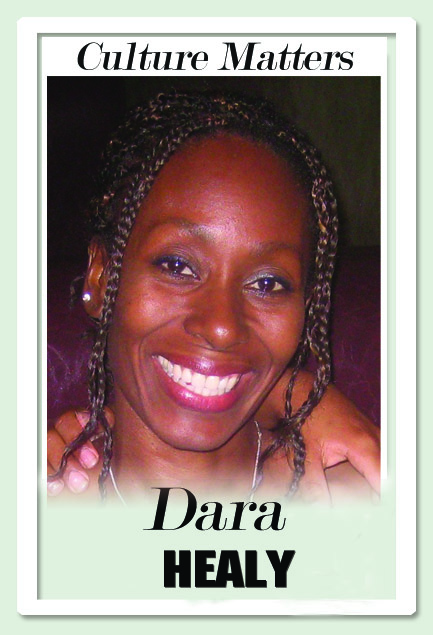Lessons from mystical beings of the mas

Culture Matters
Jumbie Carnival
“...Mr Brathwaite who lived in the depths of the acres and acres of Santa Clara Estate was a spirit. Centuries and centuries ago he had killed a woman, a very beautiful woman who was a servant in the estate house, and the woman’s man had worked an obeah on him so he couldn’t die. At full moon he turned into a lagahou and by the light of the moon met the woman, who had naturally, meanwhile, turned into a djablesse.”
– Merle Hodge, Crick Crack, Monkey
SOUCOUYANT, lagahoo, douen and Papa Bois. There was a time when our folklore characters were part of Carnival.
If you understand the history, it makes sense. In the 1840s, thousands of Africans came here to work as labourers. Most settled in Trinidad, but a fair number also went to Tobago. The Africans brought their masking traditions and mythology. Indeed, the presence of these characters emanated from African portrayals of ancestral spirits. Given the connection between African spirituality and masking, it is not surprising that these mystical beings soon developed a presence in the mas.
Emancipation caused a shift in the masquerade. The former enslaved became more open with their traditions, becoming bolder as increasing numbers of free Africans arrived. Increasingly, the Carnival was becoming “a symbol of freedom for the broad mas of the population...It had assumed a ritualistic significance.”
Around the 1840s and 50s characters such as the douen, soucouyant and lagahoo appeared on the streets during Carnival time. Lagahoo or lagahu and Papa Bois were “associated with hunters and animals in the forest.” The douens – children lost in the forest, wearing broad-brimmed hats, with their feet turned backwards – and the soucouyant connected to “spirits in the cemetery.”
The legend of the soucouyant most likely evolved from a Ghanaian creature who took the appearance of a firefly and had the ability to pass through keyholes to suck the blood of its victims. Babies and children were most at risk and it was only when the soucouyant turned into human form that it could be destroyed.
It is fascinating to see the presence of such stories across the Caribbean and in southern America where enslaved Africans were taken. For instance, in Haiti and Jamaica, the soucouyant is called Ol’Hige. In Guyana, she is Ole Higue, in Suriname, soukougnan or soukounian and soucriant in Dominica and St Lucia. In Guyana is it said that the only way to destroy her is to turn the key while she is entering the keyhole to crush her. In TT, salt is rubbed into the skin of the soucouyant when she removes it prior to transforming into a ball of flame. This prevents her from returning to human form.
Prof Maureen Warner-Lewis notes that in African cosmology the ability to manipulate the spirits is often connected to the female because of her relationship to the “mysteries of birth and fertility.” In other words, the ability of the woman to literally connect us between realms.
Such portrayals or themes seem to have dissipated over time, perhaps after more members of the middle and upper classes began to take an active part in the celebration.
However, in the 1950s another shift in consciousness took place. Anti-colonial sentiment grew, along with demands for the civil rights of African peoples. Caribbean writers like Merle Hodge began to explore local folk forms, deliberately choosing to reject western, colonial perspectives. These sensibilities began to creep back into the Carnival.
After stunning the nation with Relics of Egypt in 1959, George Bailey won band of the year in 1962 with Somewhere in New Guinea. In the same year, Lord Kitchener explored the links between living and dead through his humorous calypso Love in the Cemetery.
“I was just about to start/A little romance wit' meh sweetheart/I kissed her twice/Just feeling nice/When a voice said ‘Mister yuh brave/To be bringin’ yuh girlfriend on top meh grave'/Yuh talk about run/I nearly bus' meh head/De livin' running from de dead.”
This exploration would continue into the following decades such as with Ursula Lewis’s portrayal of Soucouyant in Ti-Marie or Peter Minshall’s Jumbie.
Of course, the importance of these ancient tales lies in their lessons. Even as disease stalks the planet, our small nation continues to be plagued by suicides, gun violence and predators who harm our women, boys and young girls.
Carnival is not just a party. Its foundations are deep, filled with the wisdom of the spirits. They are willing to teach us, if only we choose to hear them.
Dara E Healy is a performance artist and founder of the Indigenous Creative Arts Network – ICAN

Comments
"Lessons from mystical beings of the mas"